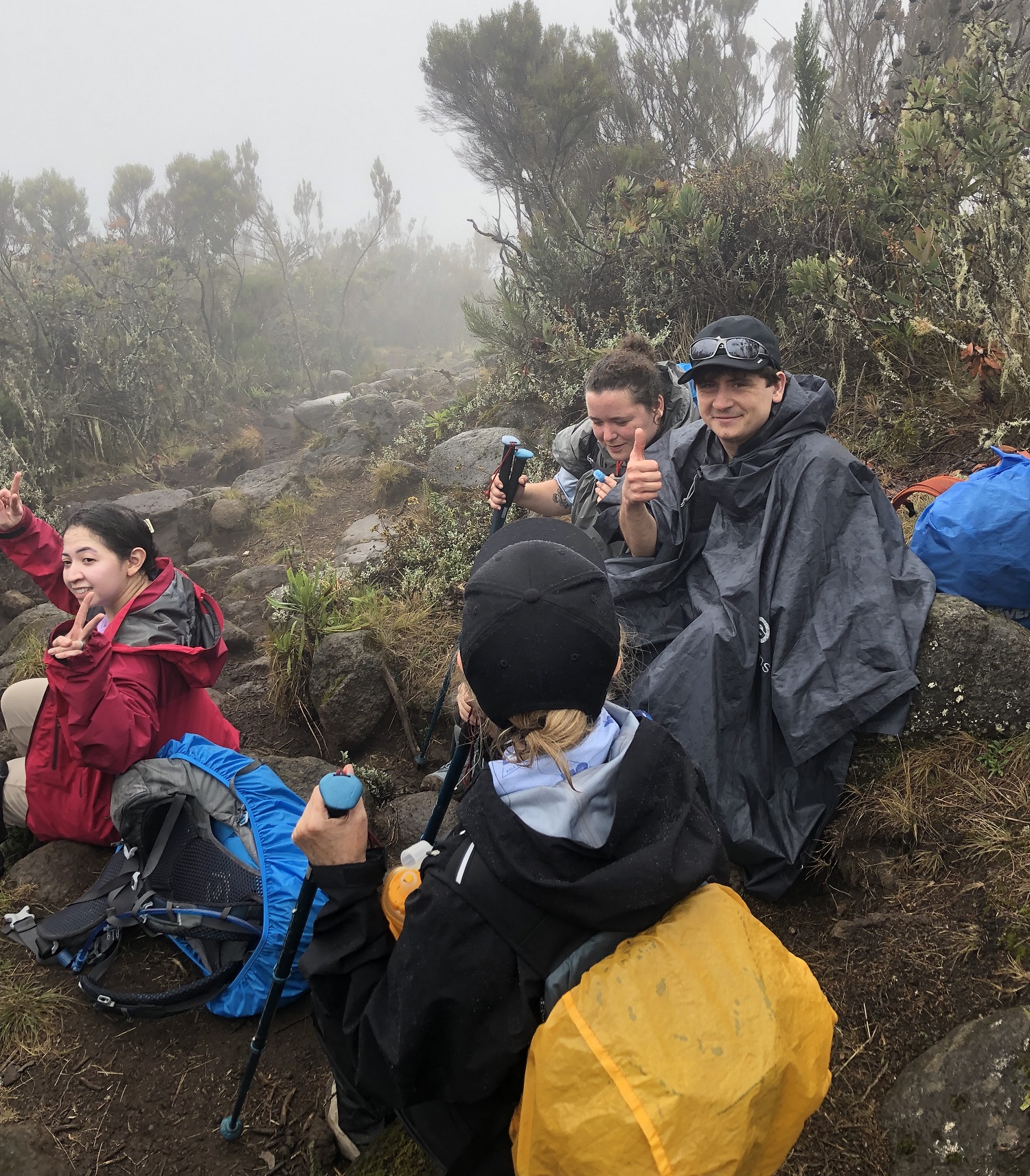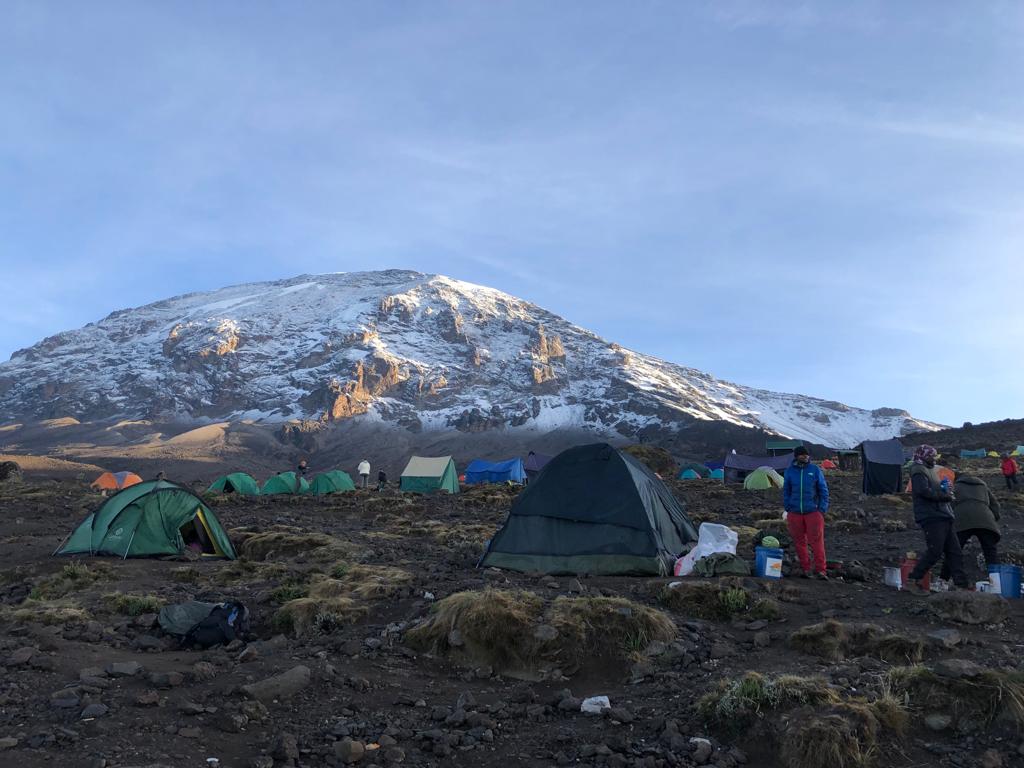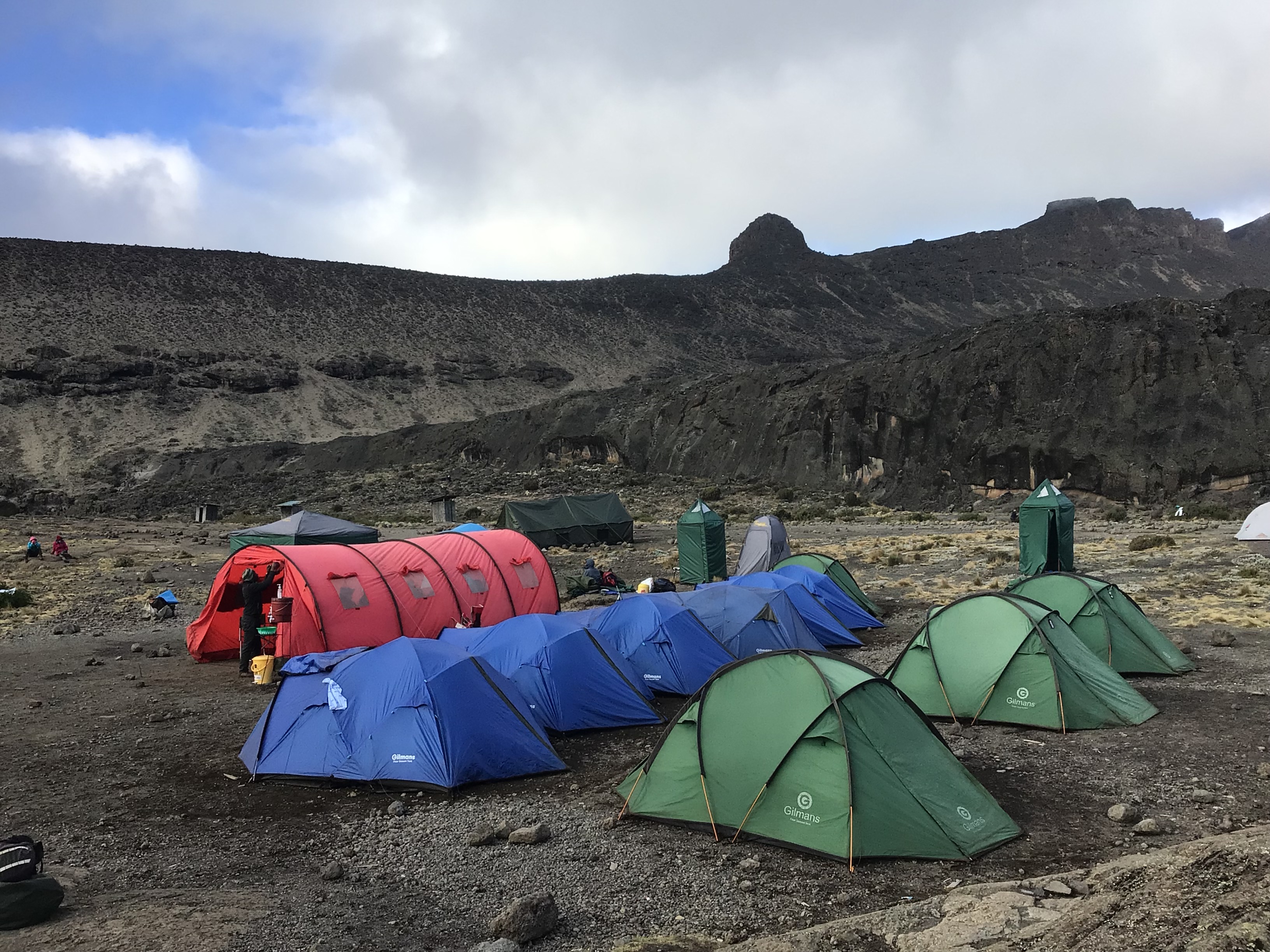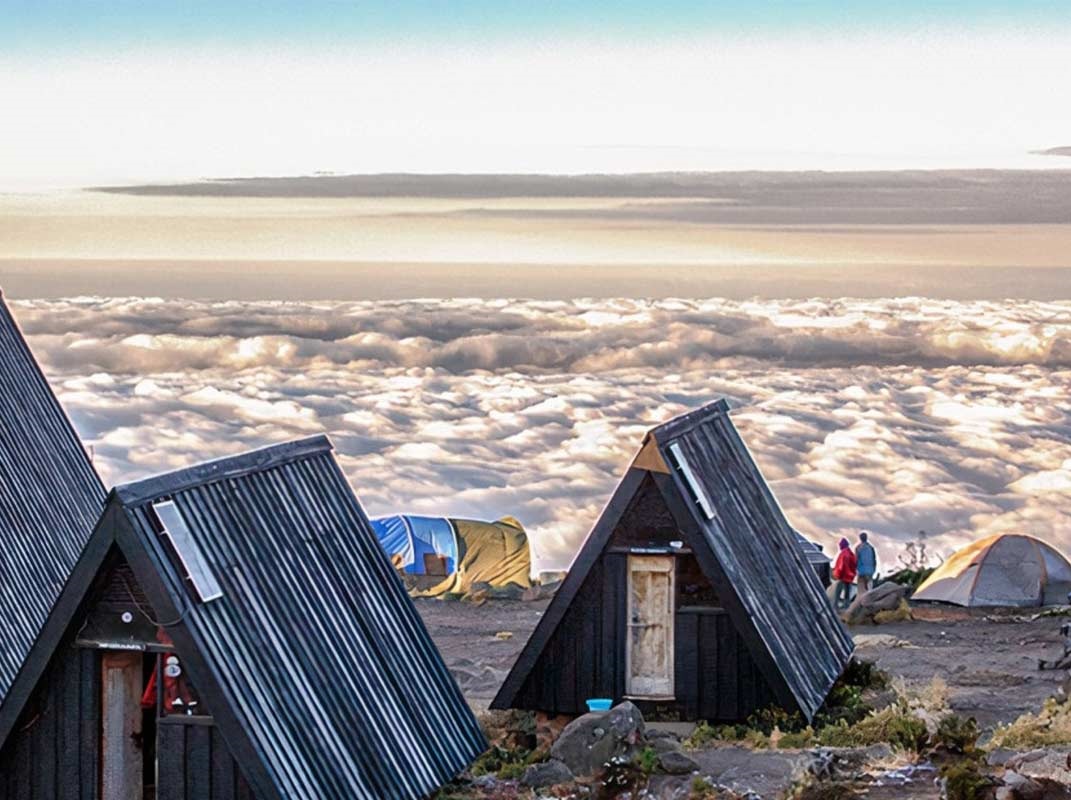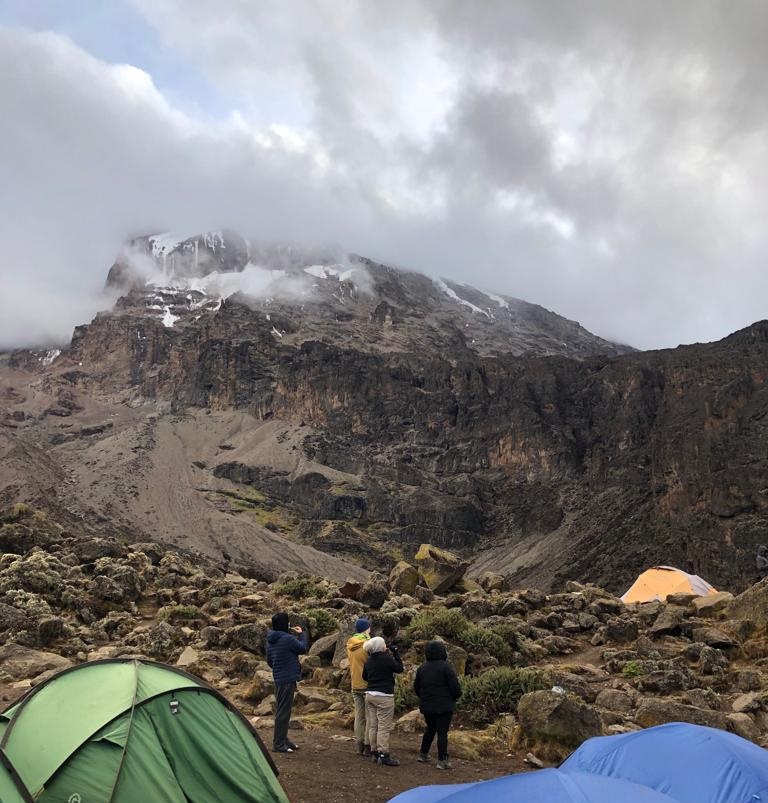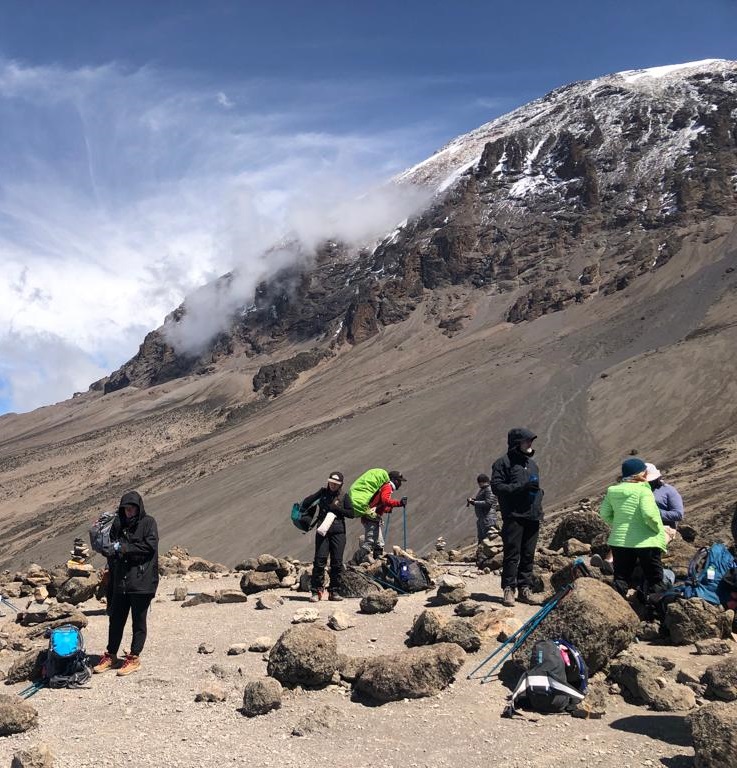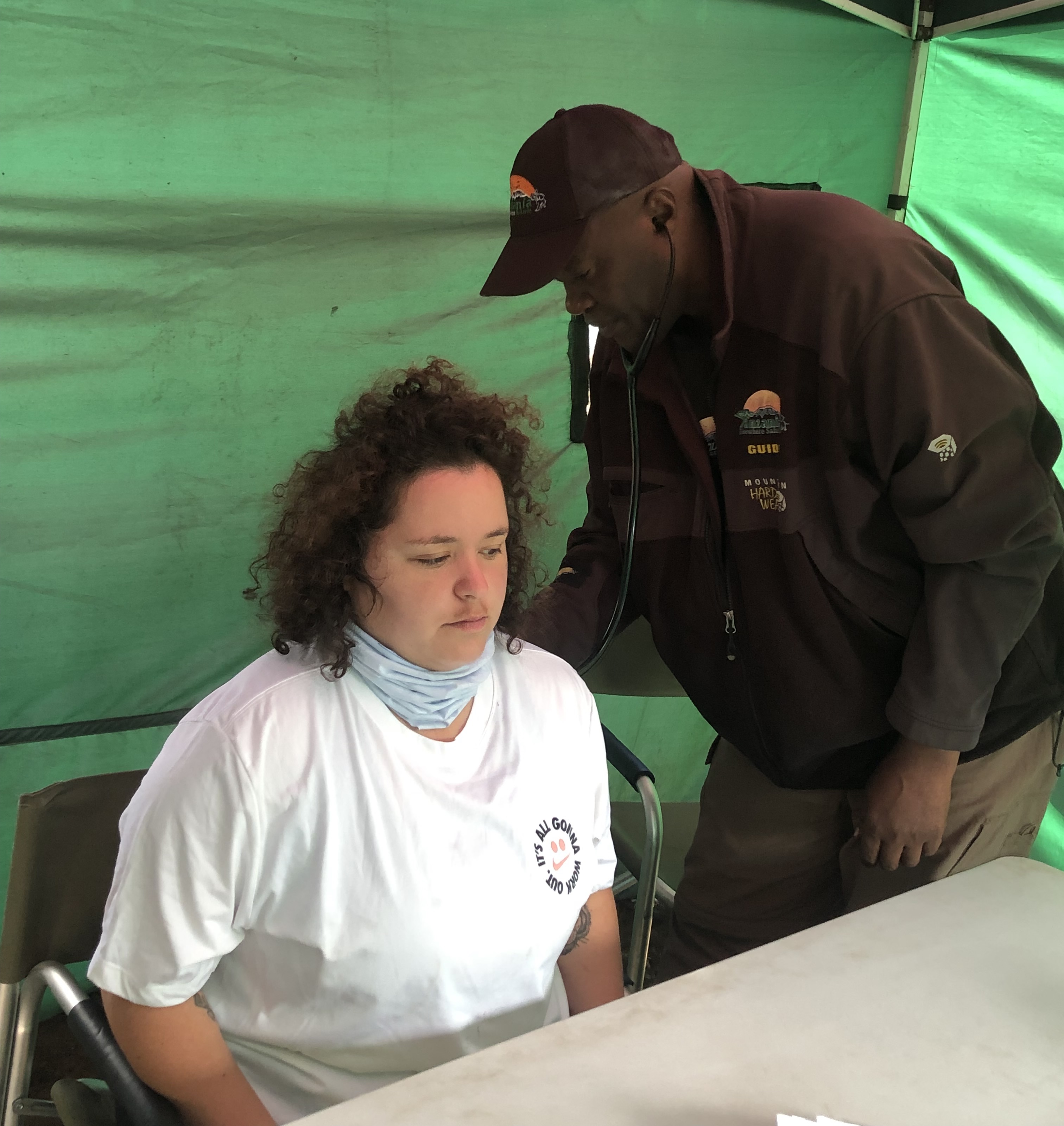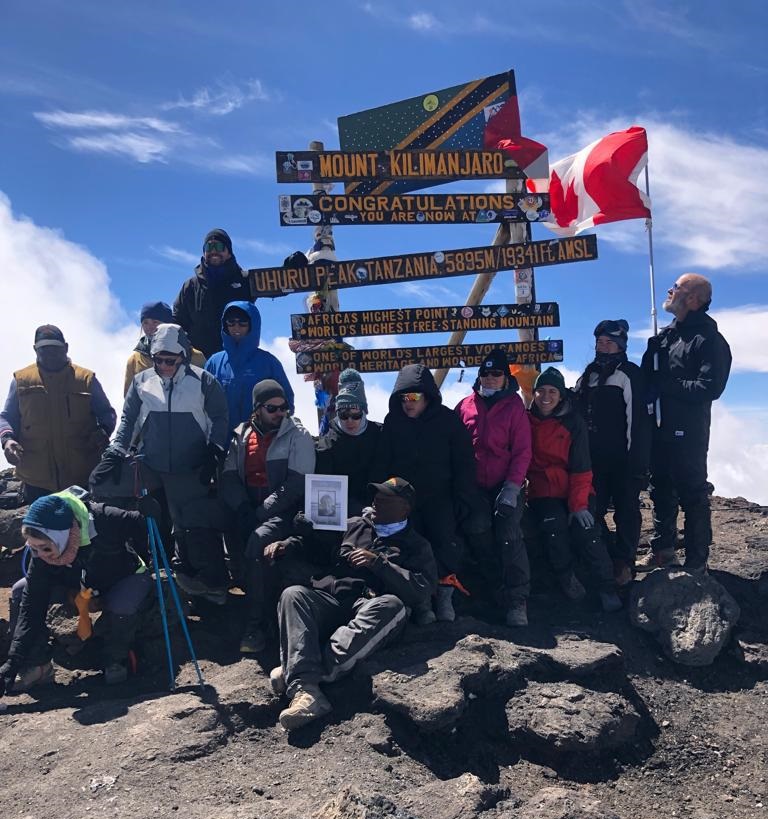Kilimanjaro Climbing Daypack
Climbing Mount Kilimanjaro is a once-in-a-lifetime adventure that requires thoughtful preparation. One of the most important aspects of your preparation is knowing what to pack in your daypack —your go-to bag during each day's hike. Unlike your main duffel, which is carried by porters, your daypack stays with you, so it needs to be packed smartly for accessibility, comfort, and readiness for changing mountain conditions.
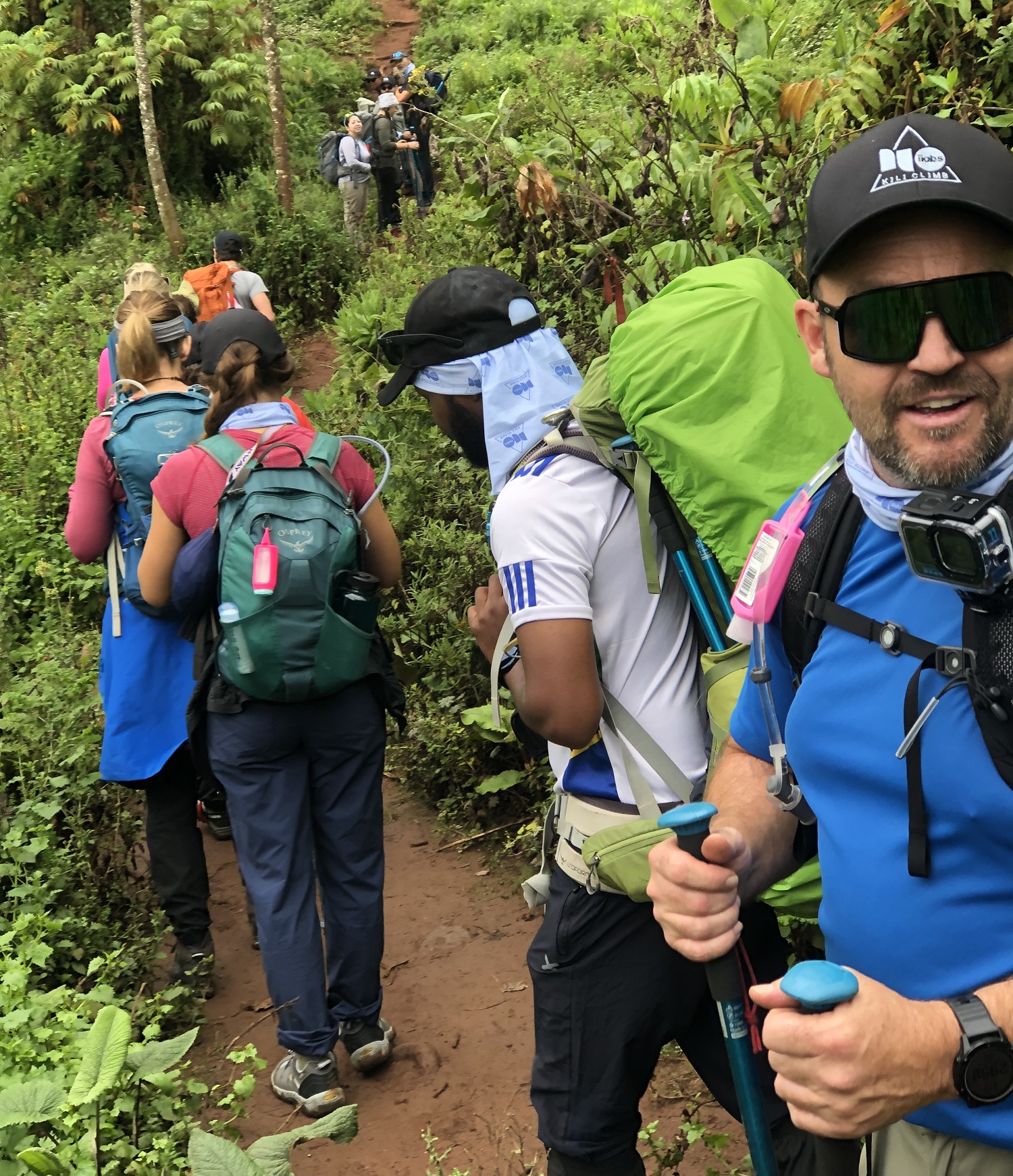
Why a Daypack Is Essential
Your daypack holds all the items you'll need while hiking each day. These include water, food, extra layers, personal items, and safety essentials. It’s your lifeline during the day and should be lightweight, comfortable, and weatherproof.
Recommended Daypack Size and Features
* Size: 20–30 liters is ideal. It should be big enough to carry essentials, but not so large that it’s uncomfortable.* Weight: Lightweight materials help reduce strain over long hikes.
* Design: Padded shoulder straps, hip belt, and an adjustable fit are key for comfort.
* Compartments: Multiple pockets for organizing gear and quick access.
* Durability: Rugged fabric, solid zippers, and reinforced seams are a must.
* Rain Cover: Essential for protecting contents from rain and moisture.
Essential Items to Pack in Your Daypack
1. Water and Hydration System
* What to bring: 2–3 liters of water via bottles or a hydration bladder (like CamelBak).* Tip: Use insulated bottles at higher altitudes to prevent freezing.
2. Snacks and Trail Food
* Best options: Energy bars, nuts, dried fruit, trail mix, and chocolate.* Tip: Eat small, frequent snacks to keep your energy up.
3. Rain Gear
* Pack:* Waterproof jacket with a hood
* Rain pants (with full side zips are easiest)
* Bonus: A waterproof daypack cover.
4. Layered Clothing
Weather shifts dramatically on Kilimanjaro. Pack layers you can add or remove easily:* Moisture-wicking base layer
* Fleece or insulated mid-layer
* Windproof softshell or lightweight down jacket
* Warm hat and sun hat
* Gloves (light and insulated)
* Sunglasses with UV protection
5. Sunscreen and Lip Balm
* Use SPF 30+ for sunscreen and SPF-rated lip balm.* Reapply regularly, especially at higher elevations.
6. Headlamp or Flashlight
* Why: Useful for early starts or if you finish a hike near dusk.* Bring: LED headlamp with spare batteries.
7. First-Aid Kit
Include:* Band-aids, antiseptic wipes
* Blister treatment (moleskin, tape)
* Pain relievers (ibuprofen, acetaminophen)
* Any personal medication
* Altitude sickness medication (consult your doctor)
8. Camera or Smartphone
* Choose something lightweight and durable.* Include a power bank or spare batteries, and store in a waterproof case or bag.
9. Toilet Paper and Hand Sanitizer
* Pack a small roll of toilet paper in a ziplock.* Hand sanitizer helps maintain hygiene when water isn't available.
How to Pack Your Kilimanjaro Daypack
* Heavy items (water, gear): Place close to your back and centered for balance.* Frequently used items (sunscreen, snacks, camera): Keep in top or side pockets.
* Waterproofing: Use dry bags or ziplocks for electronics and documents.
Top Daypack Models Recommended
* Osprey Talon 22 – Lightweight with great ventilation and support.* Deuter Speed Lite 20 – Streamlined design with a strong build.
* Gregory Citro 24 – Hydration-compatible and spacious with excellent comfort.
Final Tips for Daypack Success
* Practice packing and carrying your daypack before your trip.* Test your hydration system for leaks or malfunctions.
* Keep emergency contacts and your ID in an easy-to-reach pocket.
* Bring extra ziplock bags for organization and trash.
